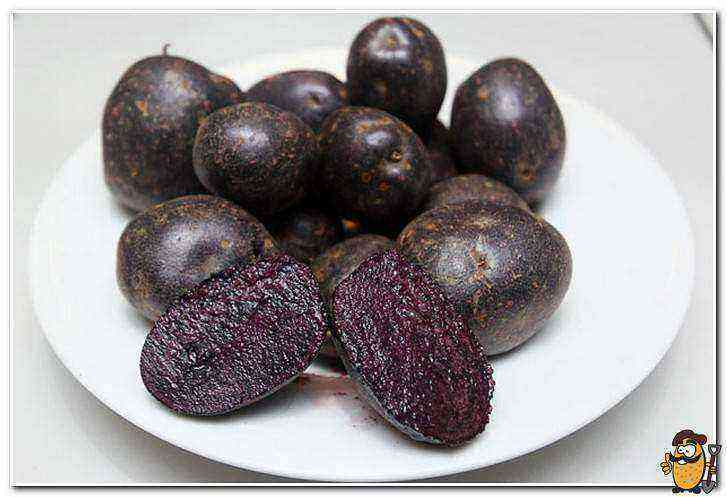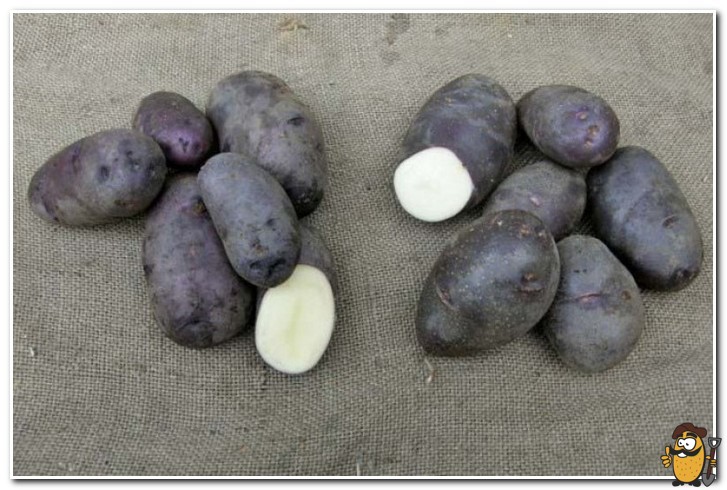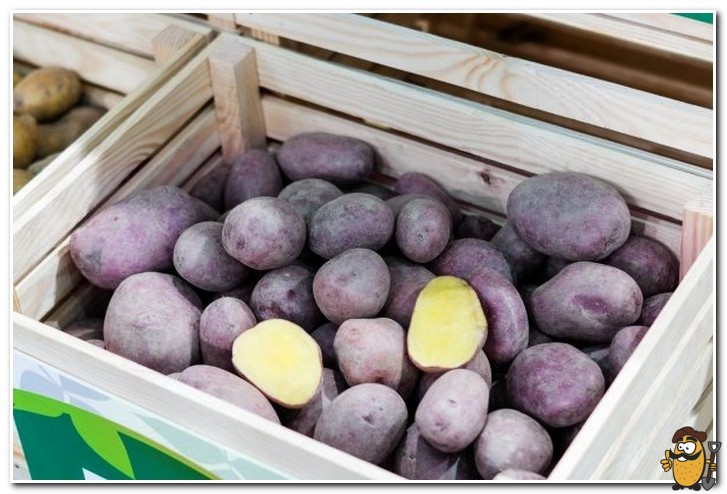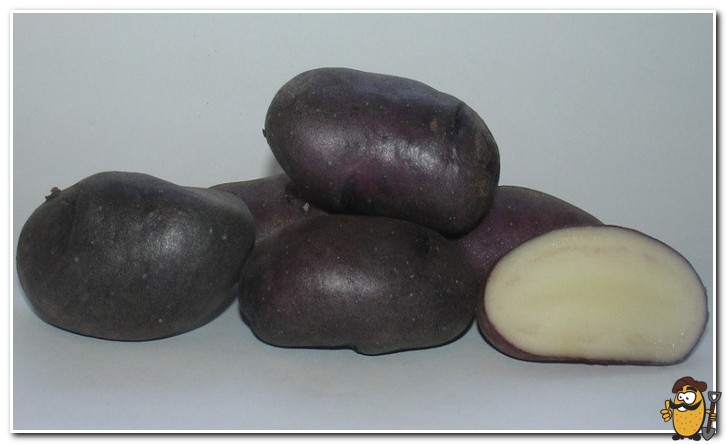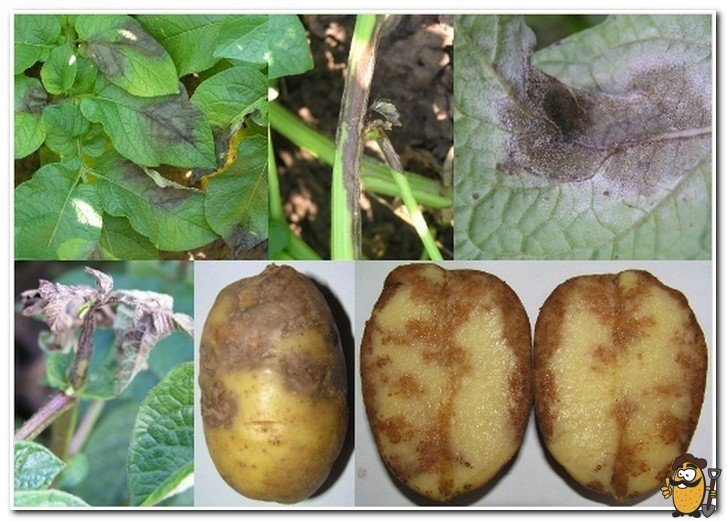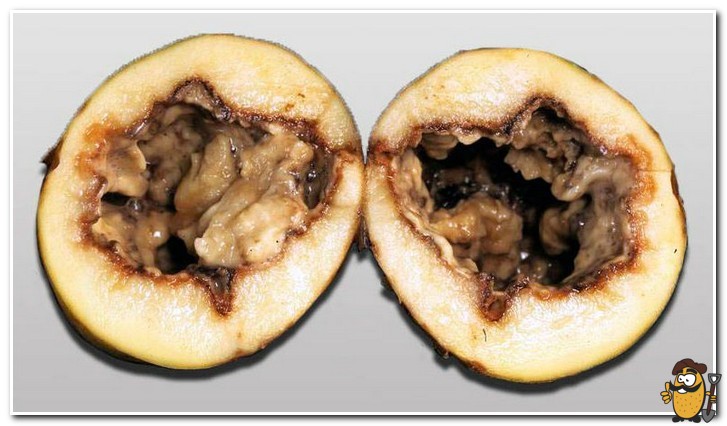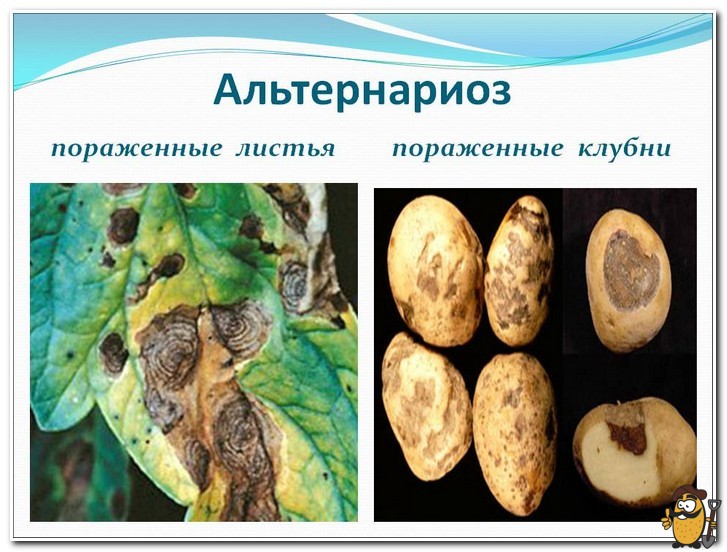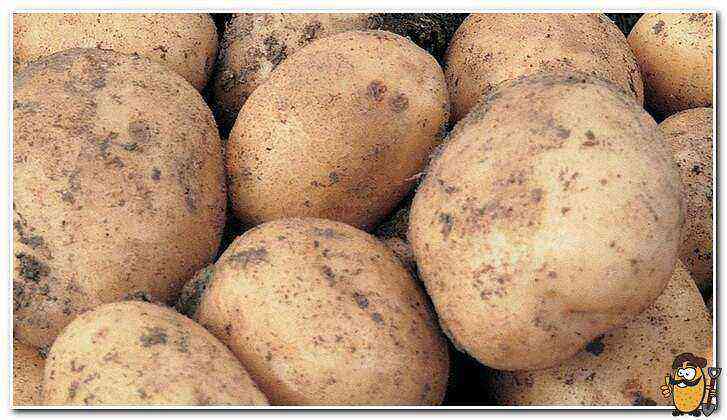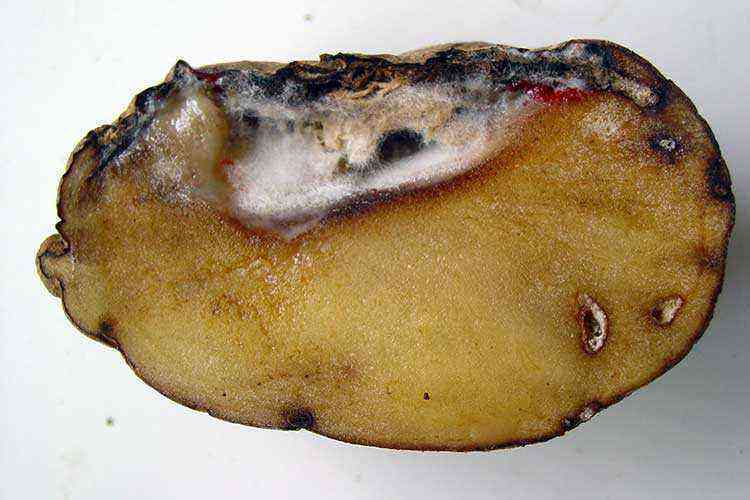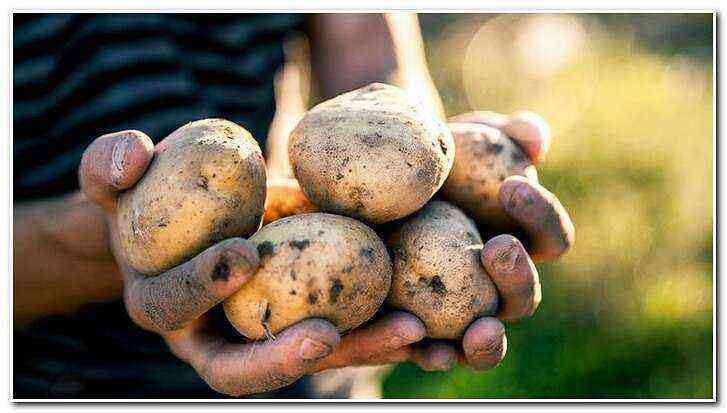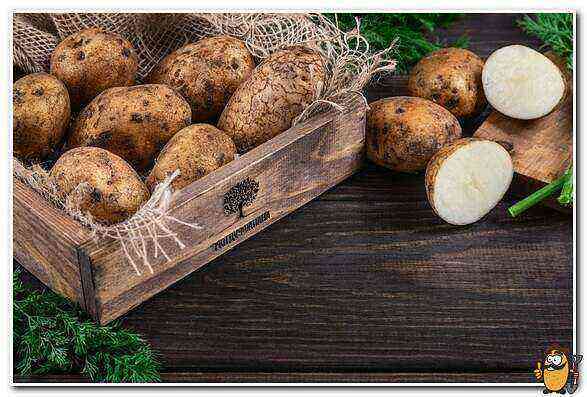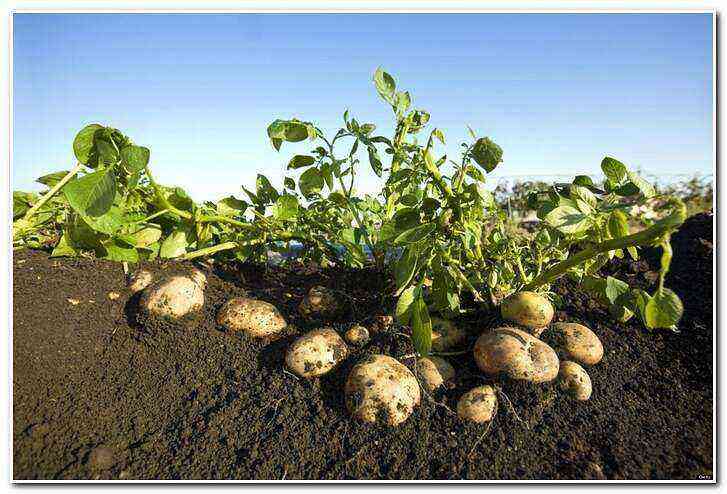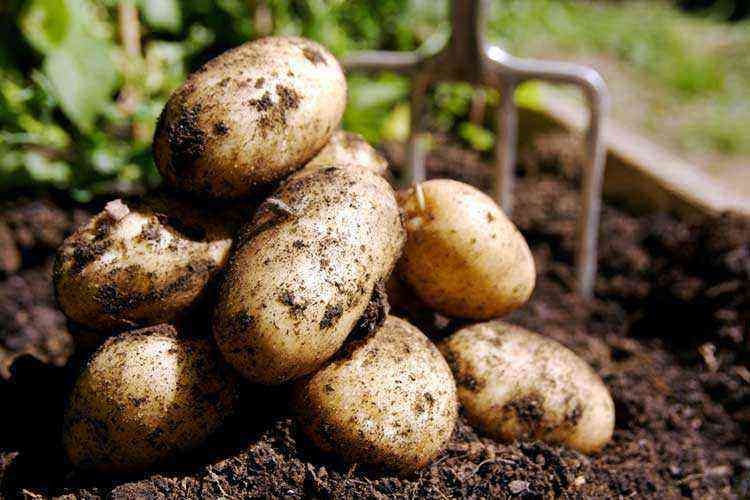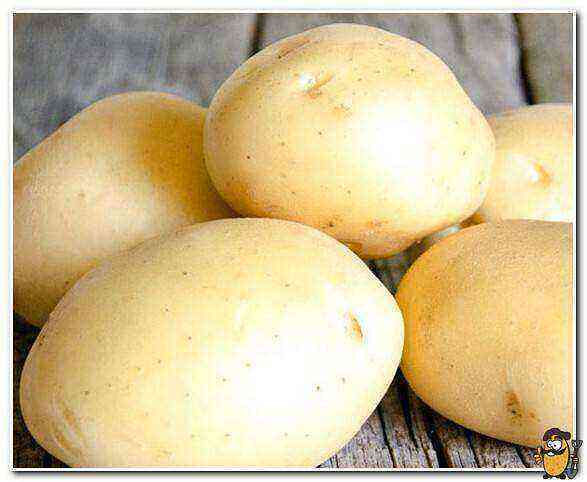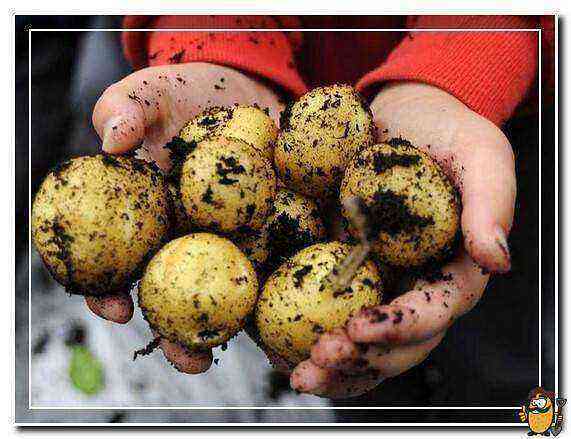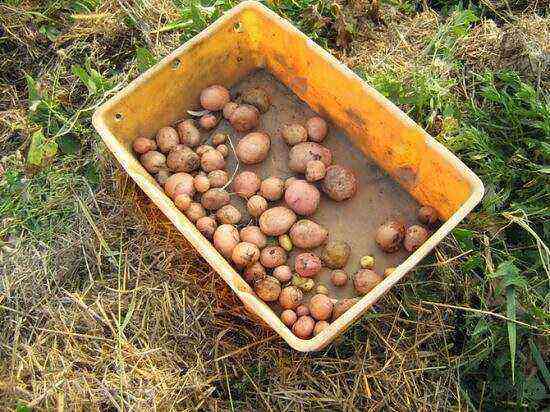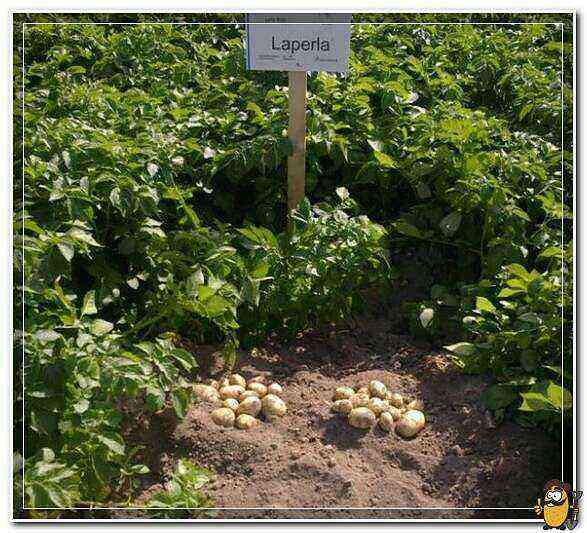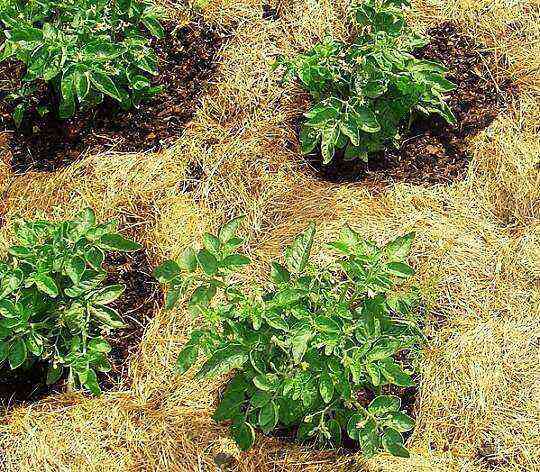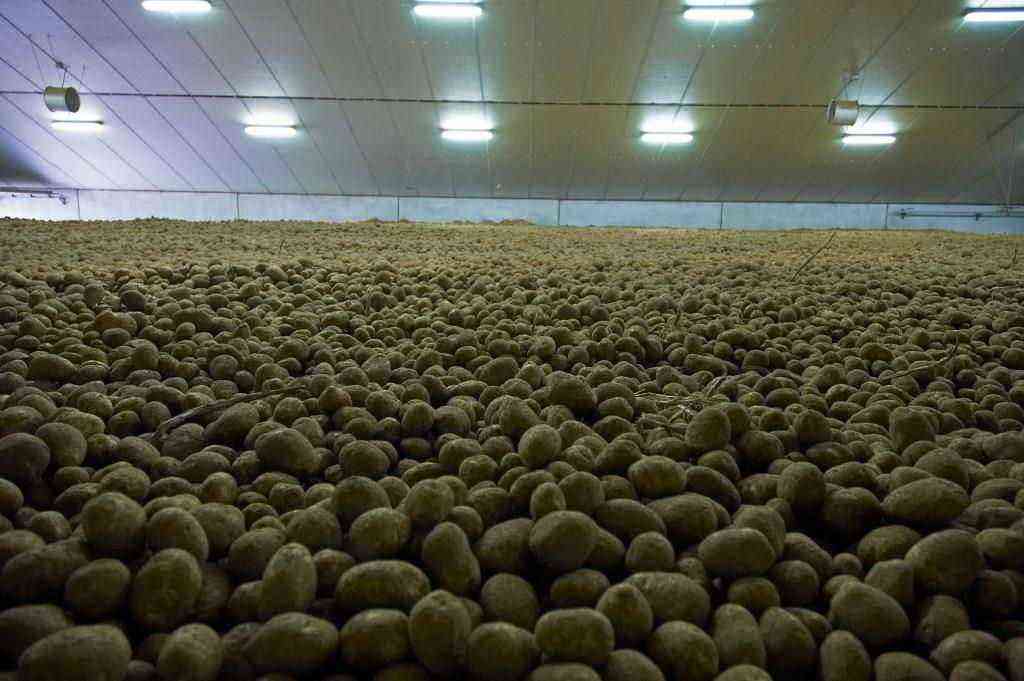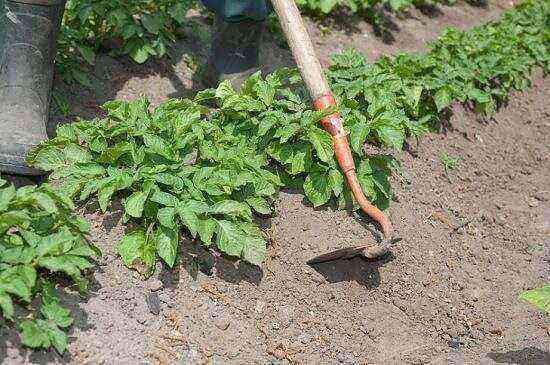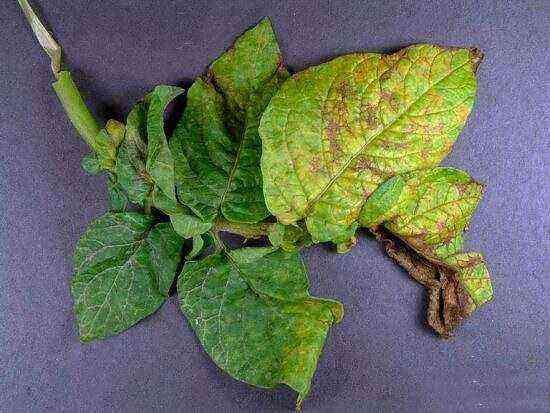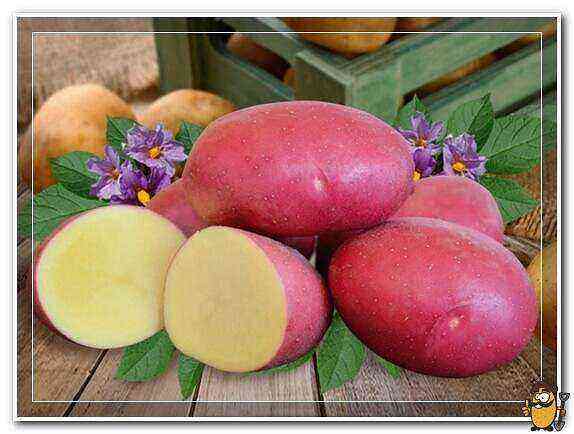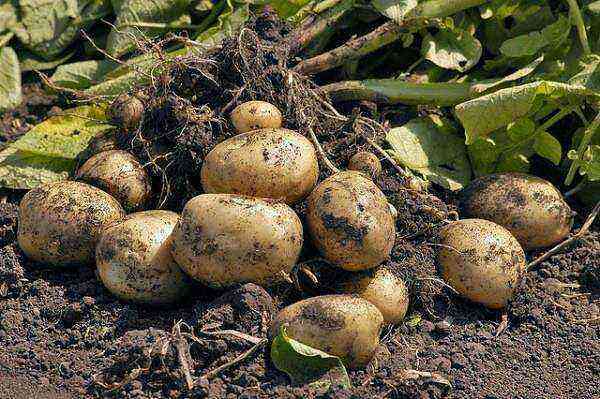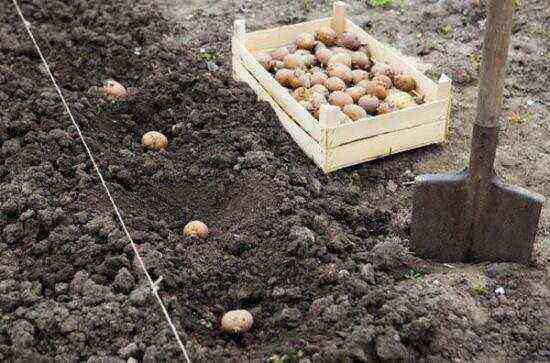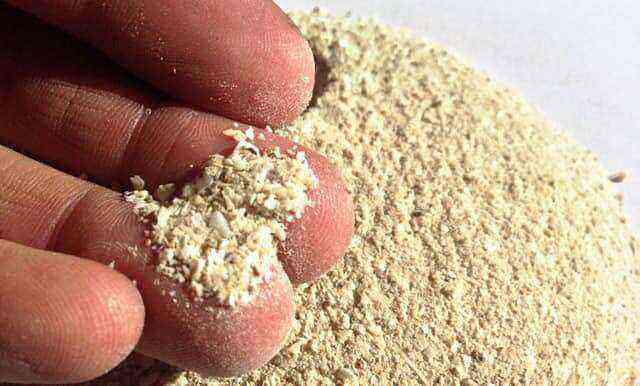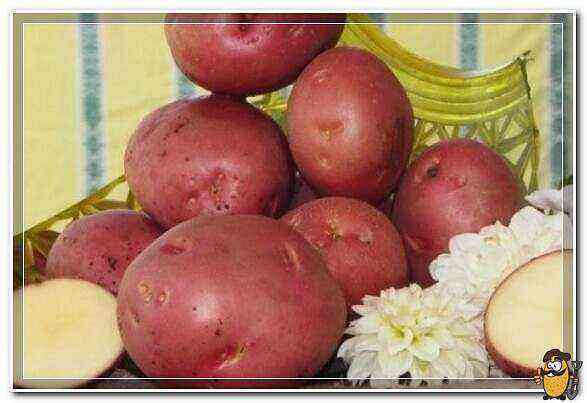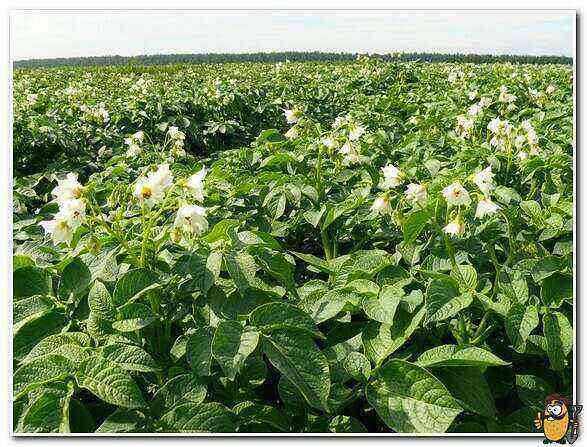Some experimental gardeners cannot resist the temptation to grow some outlandish potato variety. In some summer residents, you can find giant tubers, the second are chasing the yield and collect 15-20 potatoes from one bush, the third are looking for varieties from which the Colorado potato beetle turns up their nose. But there is a special cohort of gourmets. Serve them potatoes with colored pulp.
It is these agronomists who choose unusual varieties of potatoes with dark skin or even pulp. And this is not a genetically modified product, but the result of painstaking breeding work. This shade was obtained in the process of crossing wild equatorial and African varieties of potatoes.
Black potatoes: varieties
Dark potatoes came to Russia from South America (Bolivia, Peru). Thanks to its colored pulp, it is gaining popularity at a rapid pace. It differs from ordinary white potatoes not only in shade, but also in the composition of the tubers.
Several varieties fall into this category:
- Black woman;
- Black Prince;
- Chinese truffle;
- Purple viking.
Each of them has both positive qualities and negative sides, and some common characteristics unite them. Let’s consider one of these hybrids unusual for our region in more detail.
Characteristics of the Black Prince variety
The main distinguishing feature of this potato is tubers with dark skin and beige flesh with a pink tint. Potatoes have an oblong elongated oval shape. The peel is quite dense, with few eyes. This is a big plus, since the harvest due to this feature will be stored longer. The palatability also differs from typical varieties. Gourmets claim that boiled tubers acquire a nutty flavor.
Bushes of medium height (up to 55-60 cm) with erect stems. Some varieties of black potatoes may have dark purple stems, but most are still green. The leaves are large, slightly wavy. From one bush, you can get from 5 to 10 tubers. Their average length is about 10-12 cm, weight is 70-80 grams.
Potatoes Black Prince: pros and cons
Whatever outlandish varieties are bred by breeders, they all have their advantages and disadvantages.
Pros of the Black Prince:
- Extraordinary appearance of tubers and pulp.
- Refined taste with hints of nut.
- The composition is rich in amino acids and vitamins, micro and macro elements.
- Good immunity to the most common diseases of this culture.
- Long-term storage.
- Resistant to attacks of the Colorado potato beetle.
- Tolerance to high temperatures (heat and drought have practically no effect on the yield).
Cons:
- The yield is average, to collect more than the variety can give, it will not work even under optimal growth conditions.
- You cannot plant the entire plot, you can only use it as a separate varietal row.
- Black tubers are to the taste of the bear, which can spoil a significant part of the harvest.
Black potatoes: useful properties and contraindications
It is believed that the colored pulp of potatoes has a number of beneficial properties. For example, you can lower your blood pressure by eating purple purée. But people with low blood pressure cannot include such a dish in their menu.
Thanks to a large set of amino acids, colored pulp slows down the aging process of all human organs.
In such varieties, scientists have identified a substance that can resist the development of diabetic cataracts in people with diabetes mellitus, and helps regulate blood sugar levels. Therefore, black potatoes are a real panacea for diabetics.
Bright tubers contain a lot of vitamins, especially C and E, as well as carotenoids. The latter strengthen the walls of the heart and blood vessels, improve vision, and reduce the risk of developing certain cancers.
If you eat at least 1 dark potato every day, after a while the work of the digestive tract will noticeably improve.
Black potatoes have only one drawback. The only significant disadvantage of the dark rind is that corned beef is not visible on it. As you know, all parts of this culture contain this poisonous substance. And if ordinary tubers turn green, which is a clear sign of the presence of a large amount of corned beef, then how can you see it in the purple pulp and rind? No way. It is important that sunlight does not fall on the dug crop, then corned beef will not be produced. Therefore, it is not recommended to dry dark tubers in the sun; they should be immediately hidden in a secluded dark place.
The Black Prince potato variety tried to grow the most restless gardeners, who are not satisfied with ordinary potatoes. All of them express the same opinion: for bright tubers, you definitely need to find a place on your site in order to pamper yourself with fragrant pulp with nutty notes.
Sign of ailment
In some cases, black potato tubers are not an indicator of the variety, but the result of a disease, an attack of microorganisms and fungi. This is a serious problem. To prevent contamination of the entire crop, you need to make the correct “diagnosis” and know how to properly deal with a particular disease.
Melanosis – a disease in which dark gray areas form in the pulp. It arises from the scarcity of land, lack of potassium in it and an overabundance of nitrogen. Also, “bruises” in the tubers appear when improperly handled, when the crop is severely thrown or often poured over. To avoid this, it is necessary to strictly observe the recommended proportions when applying fertilizers and carefully transport the tubers.
You can also dig up black-fleshed potatoes for bacterial diseases such as blackleg or ring rot.
Blackleg – this is a disease of the stems, but on the sides the bacteria can penetrate the tuber itself. As a result of its vital activity, the pulp first turns black and smells bad, and then the tuber completely rots. If it is not removed in a timely manner, the disease will spread to neighboring specimens.
Ring rot provokes rotting under the skin as if on a ring of pulp. If you press on the affected tuber, a foul-smelling mucus will be released. These potatoes are not edible.
To avoid bacterial infections, tubers are recommended to be treated with special preparations (Prestige, Baktofit and their analogues) before planting in the ground. Diseased bushes and potatoes should be ruthlessly destroyed, and the storage should be pickled with copper sulfate. But the most reliable method is to use varieties that are resistant to bacterial diseases.
There are potatoes, black spots on which are provoked by the action of fungi. In this category, such common diseases can be distinguished:
Alternaria – a rare fungal disease in which dark areas appear on the skin in the form of concentric circles. On the cut in the flesh, depressed dark spots are noticeable.
Fitoftoroz – a very dangerous fungal disease of potatoes. Dark spots appear on the tubers, leading to decay.
Different types of scab appear in different ways:
- Black scab – small black spots in the form of a grid.
- Common scab appears as dark ulcers.
- Powdery scab differs from other species by its star-shaped ulcers. They are dry and brown in color.
- Silver scab is a coating of a silvery sheen with a metallic shade.
- Lumpy scab appears as bulging black pustules.
How to deal with this scourge? The preparations Maxim and Prestige do an excellent job with scab. With these means, it is necessary to process the seed material before planting in the ground, then the new crop will no longer be infected with the fungus.
Fomoz – another unpleasant disease. It is also called button rot. A dark brown spot forms on the surface of the tuber, causing the pulp to rot. Decaying tissue is easily separated from the healthy part by fingers.
Fuzarioz – dry rot. When damaged, the tuber area rots, collapses and becomes rotten. With tactile action, the affected part crumbles like stump dust.
Potato cancer… When the cancer hits the potato, the black skin becomes covered with ugly growths. This is the most dangerous disease. In those gardens where the fungus of this ailment has been identified, it is impossible to grow a crop for 6 years. To prevent fungi from attacking potatoes, preventive measures must be taken in a timely manner. They are the same as for bacterial infections.
In conclusion
If your potato, which does not belong to the “African” varieties, suddenly turned black, then it is sick and needs treatment. If you are an innovator and experimenter, then feel free to try to grow tubers with dark peel and colored pulp to surprise not only your family, but also everyone you know. Such a potato has a pleasant color, taste and many useful properties, it deserves to give it a little space on the site.
